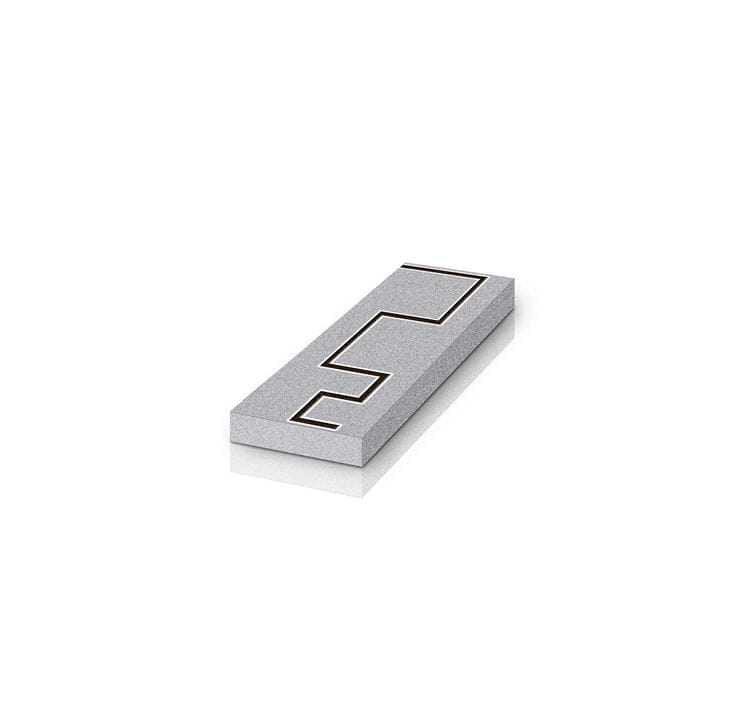HID
Let Nordic help you build the very best wireless mouse, keyboard, or USB dongle

Nordic Semiconductor today announces that Tokyo, Japan-based multinational conglomerate, Toshiba Corporation, has selected the 2.48 by 2.46mm wafer level chip scale package (WLCSP) version of Nordic’s nRF52811 Bluetooth® Low Energy (Bluetooth LE) System-on-Chip (SoC) to provide the core processing power and wireless connectivity for its ‘Bluetooth module with SASP™ Technology’. The module with integrated antenna comes in a miniaturized 4 by 10 by 1mm form factor, weighs 0.09g and is the world's smallest Bluetooth LE module of its kind, according to Toshiba.

The module enables robust processing and multiprotocol wireless connectivity in applications where both space and cost are constrained – notably clothing/wearables such as smart watches and ear-worn devices for health monitoring and exercise analysis, as well as various IoT applications with a limited power supply for sending and receiving data from sensors. The nRF52811 SoC at the heart of the module has been engineered to minimize power consumption with a fully-automatic power management system that reduces power consumption by up to 80 percent compared with the nRF51 Series.
Nordic’s nRF52811 multiprotocol SoC combines a powerful 64MHz, 32-bit Arm® Cortex® M4 processor, with a 2.4GHz radio (supporting Direction Finding, Bluetooth 5.2, Thread, Zigbee, IEEE 802.15.4, and proprietary 2.4GHz RF protocol software) featuring 4dBm output power with -97dBm sensitivity (at 1Mbps in Bluetooth 5 mode), and 192kB Flash memory plus 24kB RAM. The nRF52811 is the first product in Nordic’s low power wireless range to support Direction Finding, which brings precise positioning capability to the high throughput, long range, and enhanced coexistence capabilities of Bluetooth 5. The SoC is supplied with Nordic’s S112 SoftDevice, a Bluetooth 5-certified RF software protocol stack for building advanced Bluetooth LE applications. The S112 SoftDevice features Peripheral and Broadcaster Bluetooth LE roles, supports up to four connections, and enables concurrent role operation.
“We selected Nordic’s nRF52811 SoC for our Bluetooth module with SASP Technology due to the chip’s low cost, compact size, and low power consumption, combined with its generous Flash memory allocation,” says Keiju Yamada, SASP Project Leader for Toshiba. “Nordic provides impressive software and demo sample codes to aid development.”
Let Nordic help you build the very best wireless mouse, keyboard, or USB dongle